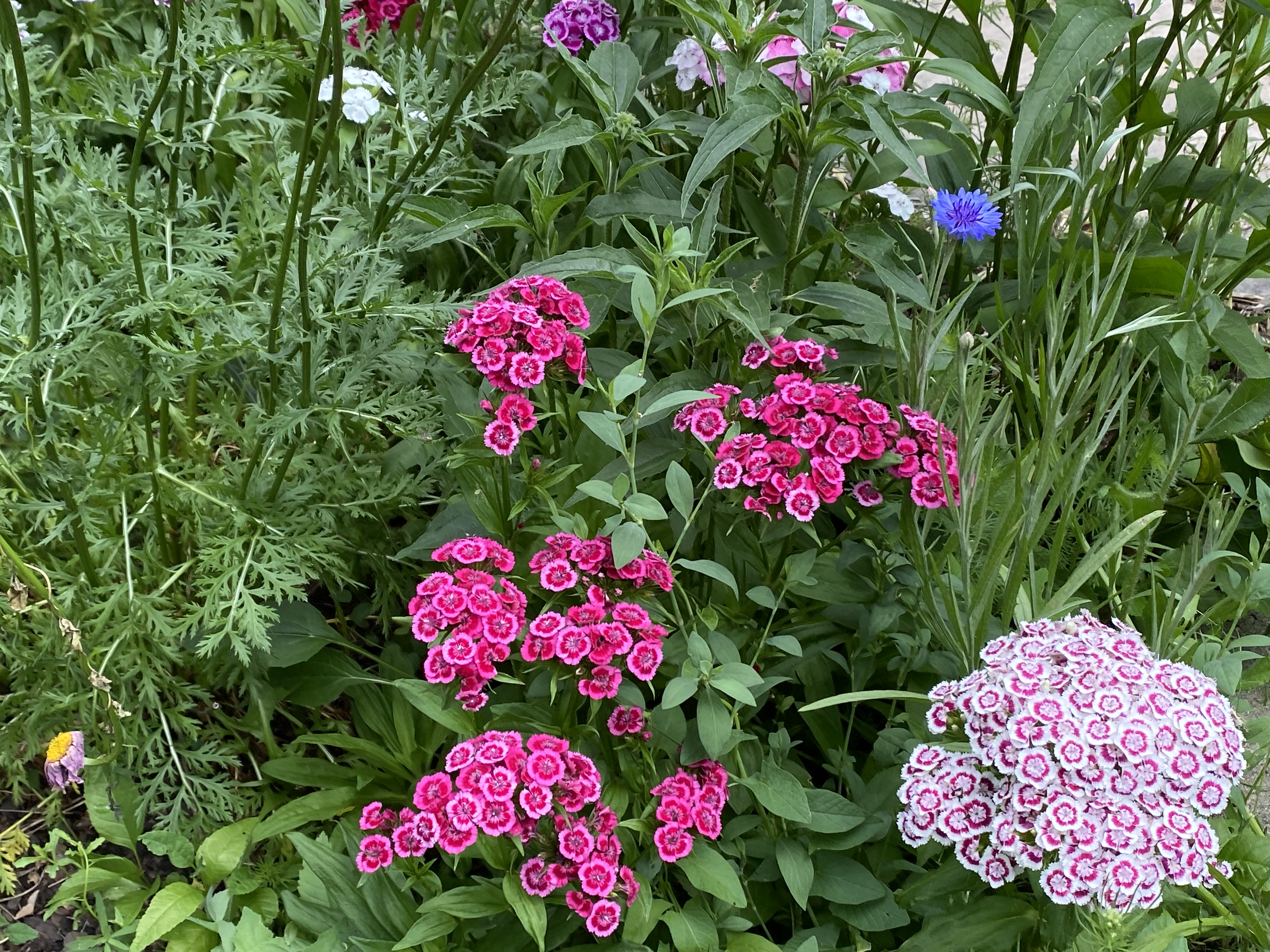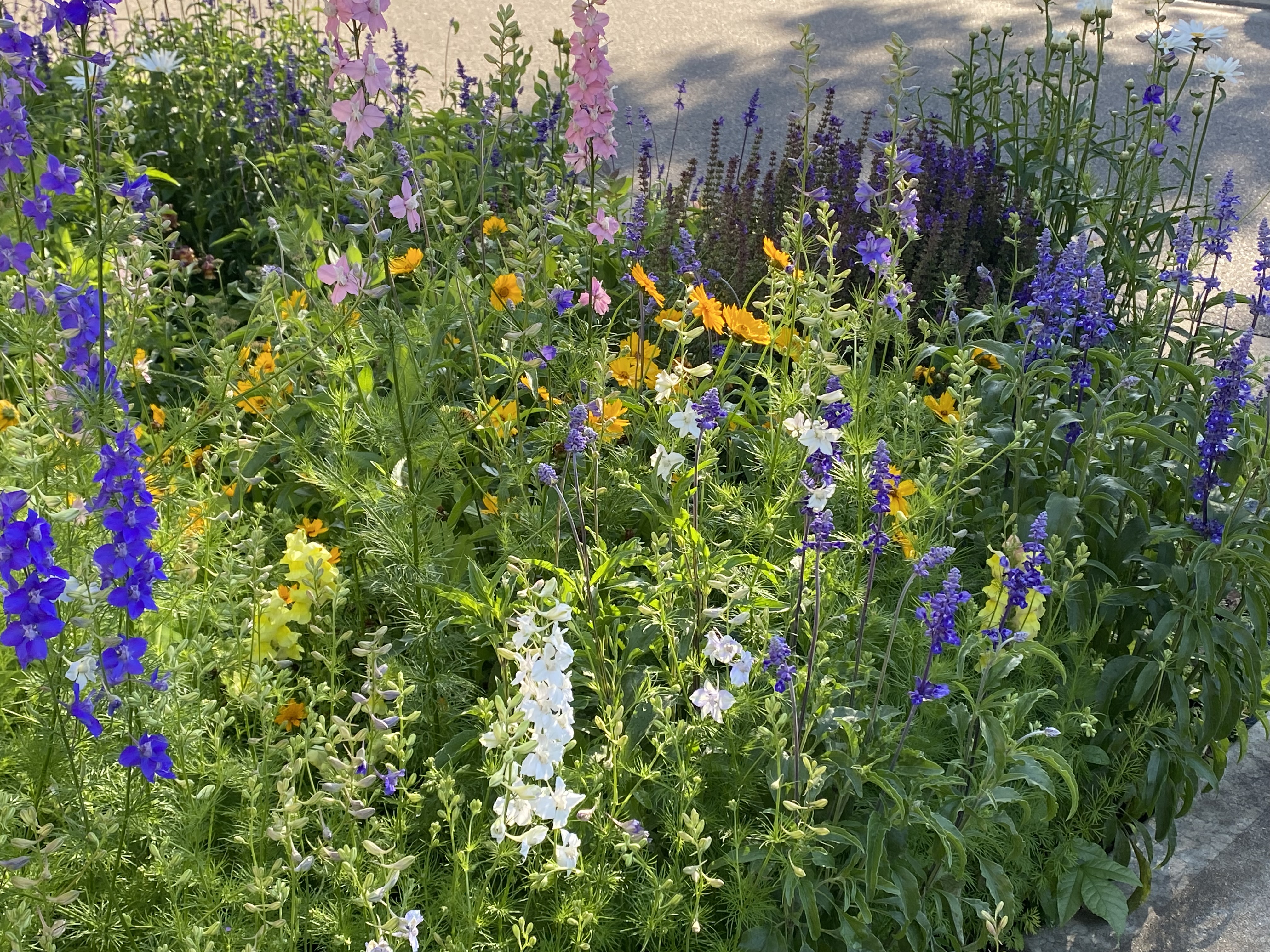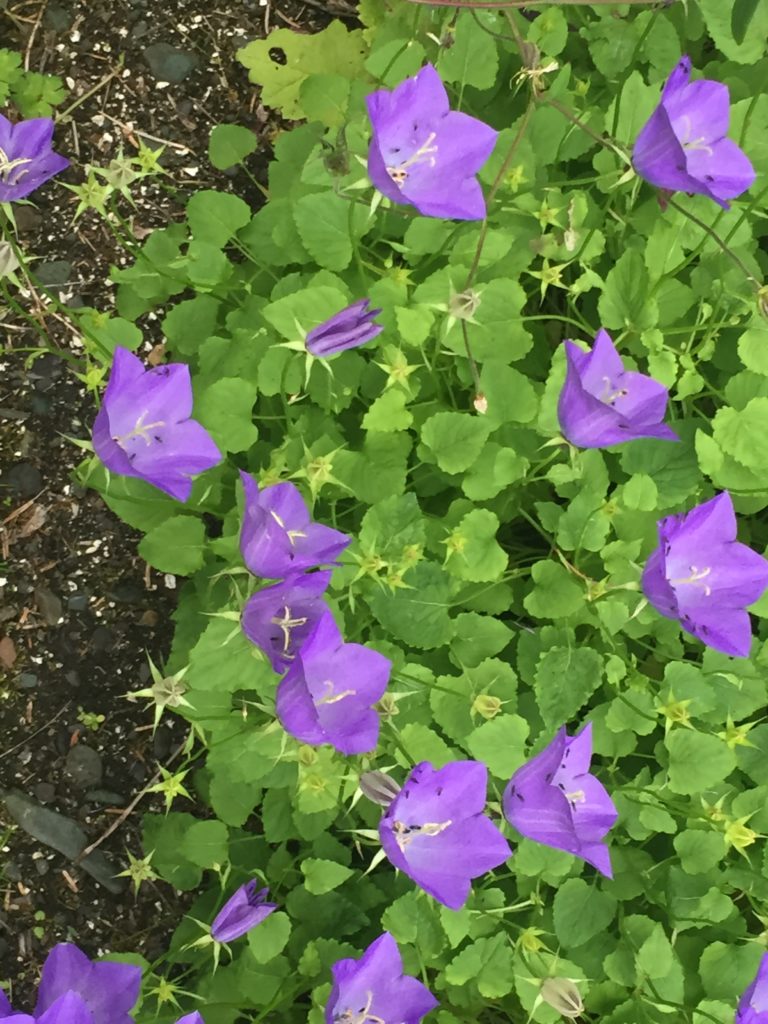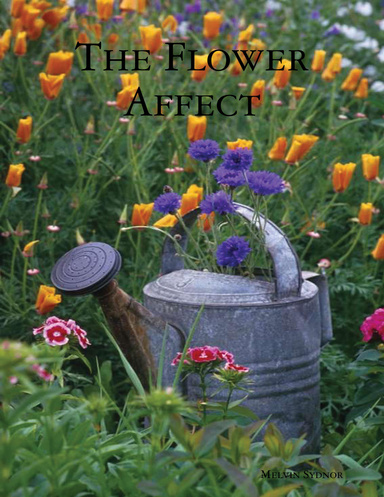
Incorporating native plants such as Purple Coneflower, Black-Eyed Susan, and Milkweed into gardens is vital for supporting pollinator health. These species offer abundant nectar and pollen that cater to the local pollinators’ dietary needs. Establishing these and other native plants can significantly enhance pollinator-friendly habitats, ensuring the survival and proliferation of various bees, butterflies, and other vital pollinating species. Cheers






